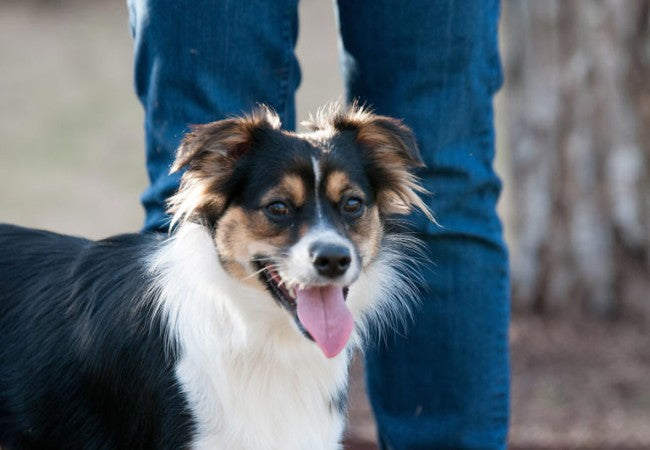Velcro Dogs: Clingy or Loyal? Vet Backed Insight for 2025 🐶🐾

In this article
Velcro Dogs: Clingy or Loyal? Vet Backed Insight for 2025 🐶🐾
By Dr. Duncan Houston BVSc
Your dog follows you from room to room, waits at the shower door, and panics if you even *look* like you're leaving. Sound familiar? You might have a “Velcro dog.”
I’m Dr. Duncan Houston. This article unpacks the difference between healthy attachment and behavioral dependence—and what to do if your pup needs a little more space.
🧷 What Is a Velcro Dog?
A Velcro dog is one who constantly wants to be near you—physically and emotionally. While some breeds are naturally more peoplefocused, excessive clinginess can lead to anxiety, frustration, and behavior problems if left unchecked.
🔍 Signs Your Dog Might Be Too Clingy
- 🐾 Follows you to the bathroom, kitchen, every room—even if they were comfy
- 🛋️ Always sits touching you, even when sleeping
- 🚪 Whines, paces, or scratches at the door if you're out of sight
- 📱 Interrupts phone calls or work time for attention
- 🧸 Loses interest in toys or chews when you're not engaged
❤️ Normal Loyalty vs. Clinginess: Know the Difference
| Healthy Attachment | Unhealthy Clinginess |
|---|---|
| Enjoys your company but can rest alone | Panics or barks when left alone—even briefly |
| Checks in, then does their own thing | Won’t relax unless physically next to you |
| Engages with toys or other people when available | Ignores all other stimulation unless you're involved |
🧬 What Causes Velcro Dog Behavior?
- 🐶 Breed traits (e.g., Cavaliers, Vizslas, Shepherds)
- 🍼 Being removed from litter too early
- 🏠 Overcoddling during puppyhood
- 💥 Past trauma or abandonment
- 😷 Underlying anxiety, cognitive decline, or illness
📋 VetBacked Strategy to Build Healthy Independence
1. Teach Alone Time Daily
- 🧘 Use a crate, playpen, or safe room for solo time after meals
- 🎧 Add white noise and a longlasting chew (e.g., frozen Kong)
- ⏳ Start with 5–10 minutes and build gradually
2. Stop Reinforcing Clinginess
- 🚫 Don’t always greet or respond when they follow
- 📉 Fade out constant physical contact—reward calm independence
3. Add Mental Enrichment
- 🧠 Lick mats, puzzle feeders, and scent games reduce anxiety
- 🎾 Rotate toys and encourage solo exploration
4. Reward Calm Disengagement
- 🎉 Click/treat when your dog chooses to lie on a mat across the room
- 🪑 Reinforce when they don’t follow you—not just when they do
⚠️ When to Seek Help
- 🗯️ Barking or destructive behavior when left alone
- 🚫 Refuses to eat or toilet without you nearby
- 😟 Anxiety symptoms even after short separations
These signs point to **separation anxiety**—which needs more than basic training. Contact a vet or certified trainer.
🎁 Gear That Supports Calm Independence
- Dual Pocket Dispenser – Keep high-value treats on hand to reward solo relaxation
- Bungee Lead – Reduces reactivity on walks for dogs who “herd” you
- Explorer Harness – Comfort during confidence-building crate walks or enrichment time
💬 What Dog Parents Say
“He used to cry if I left the room—now he naps with a chew in his crate. The daily alonetime routine changed everything.” – Erin & Bodhi
“We thought it was cute… until she couldn’t be alone for 10 seconds. This guide helped us fix it before it became a real issue.” – Carla & Nala
👩⚕️ Want Help With a Clingy Dog?
Send your dog’s age, breed, and behavior history to Ask A Vet, and we’ll send a personalized independence-building plan—vet-approved.
Final Thoughts
Velcro dogs love hard—but they need boundaries too. Building independence is a gift to both of you. Teach space, reward calm, and support them with tools made for confident, connected living—not constant contact.






